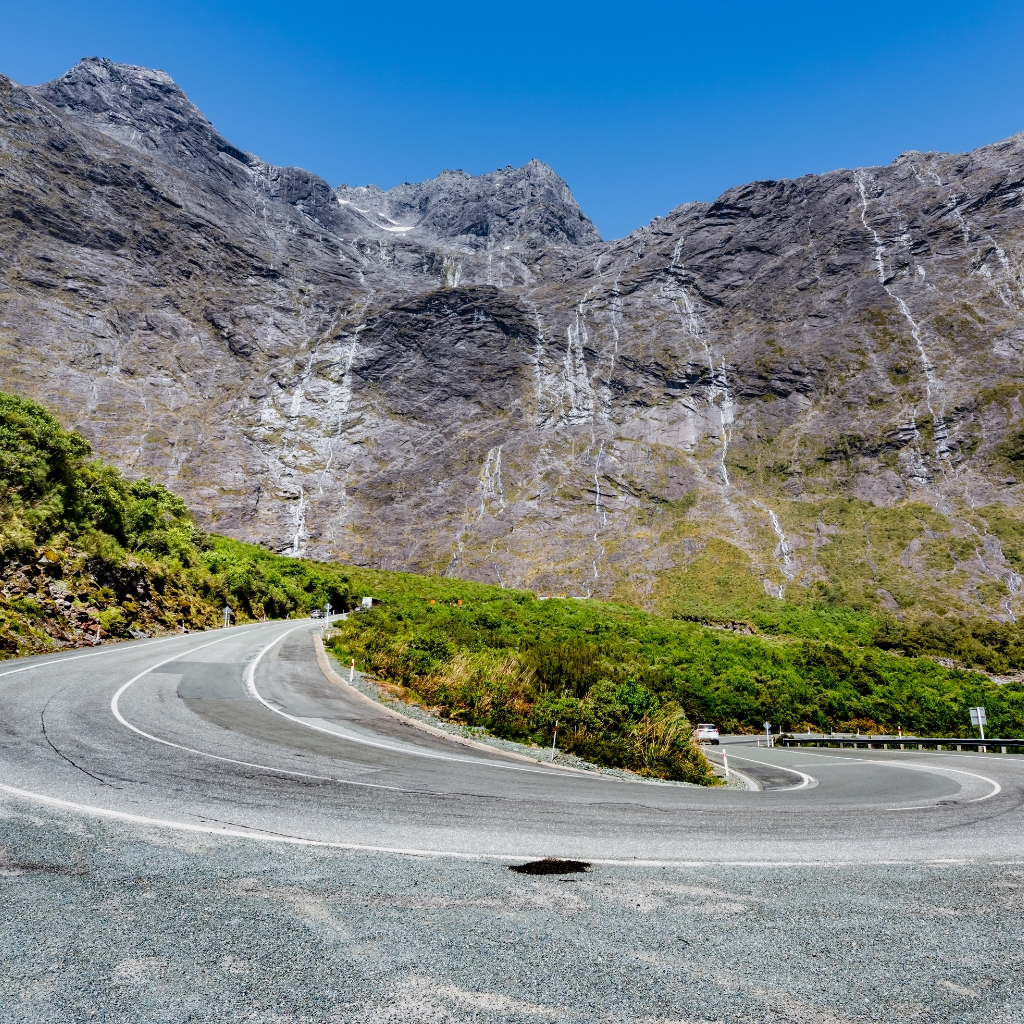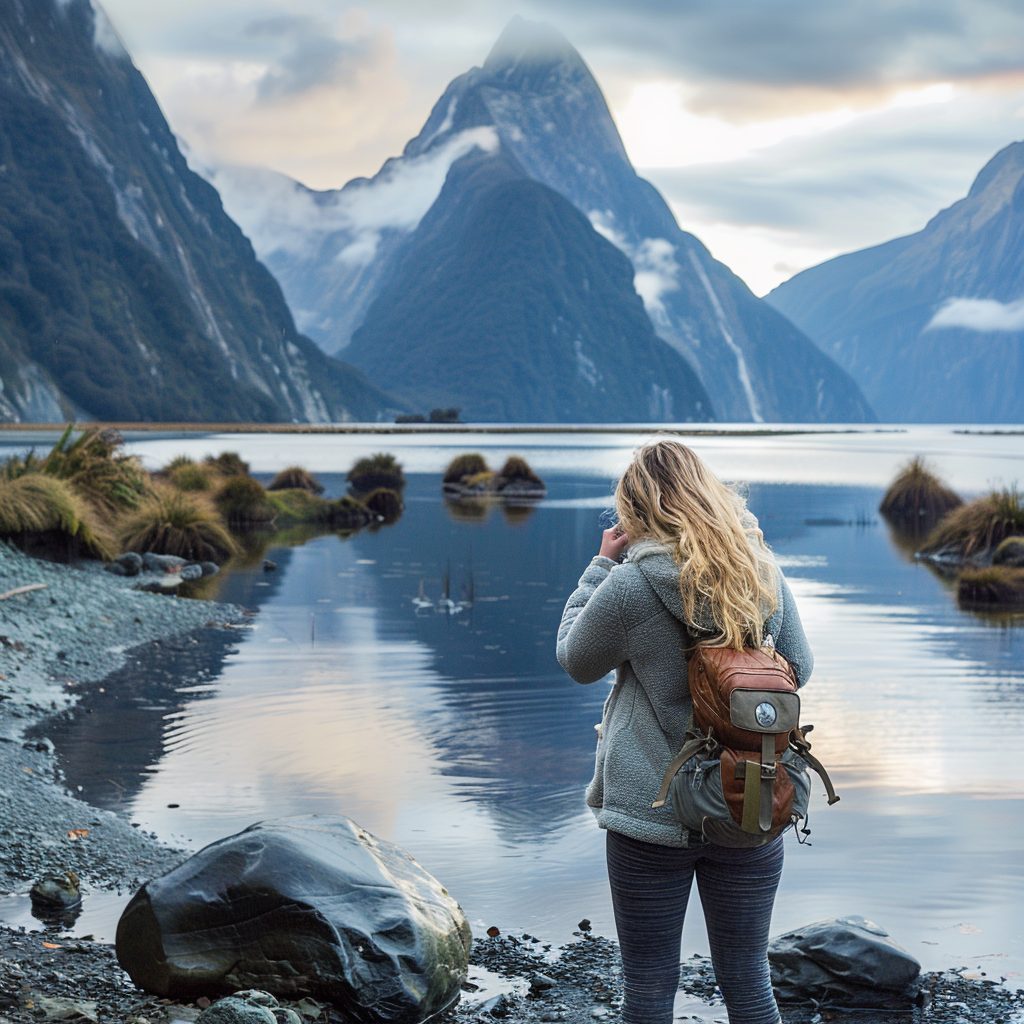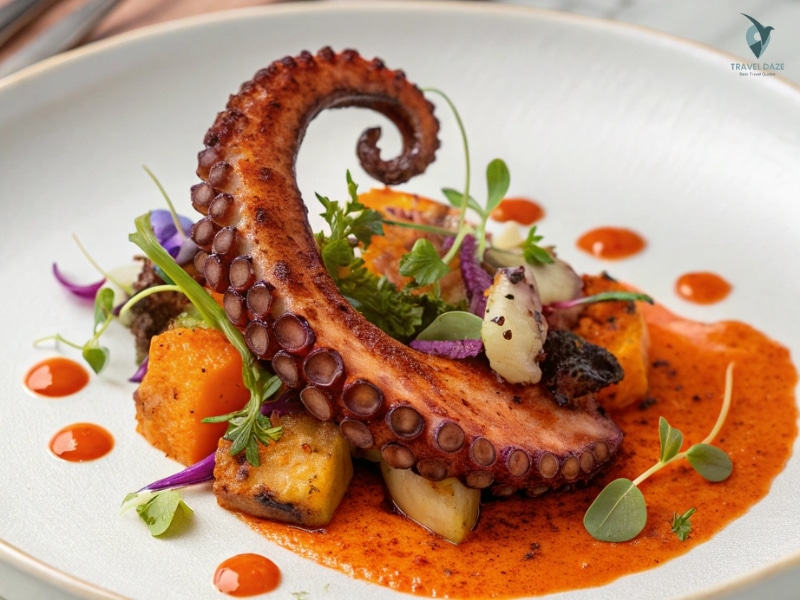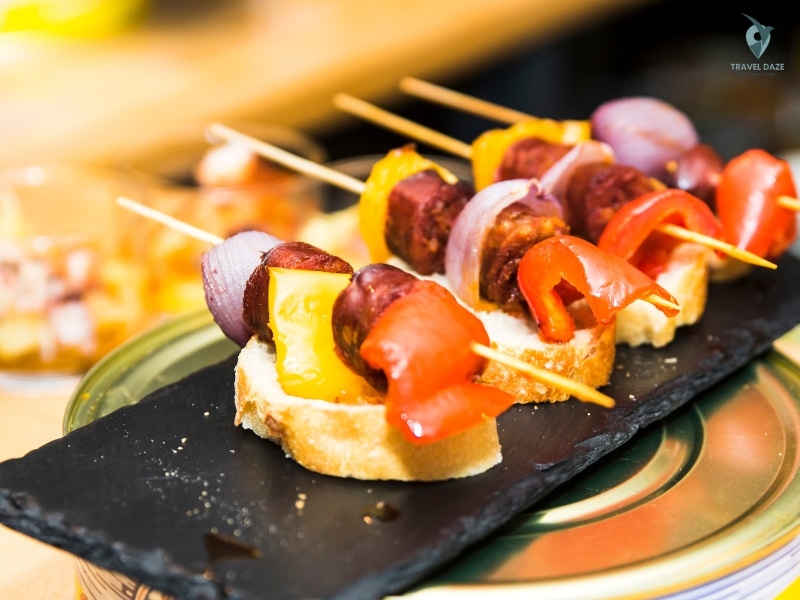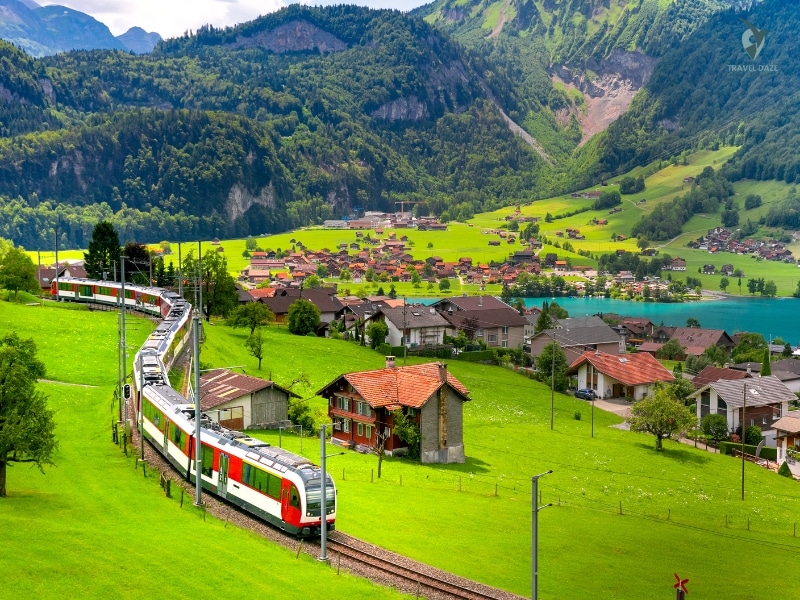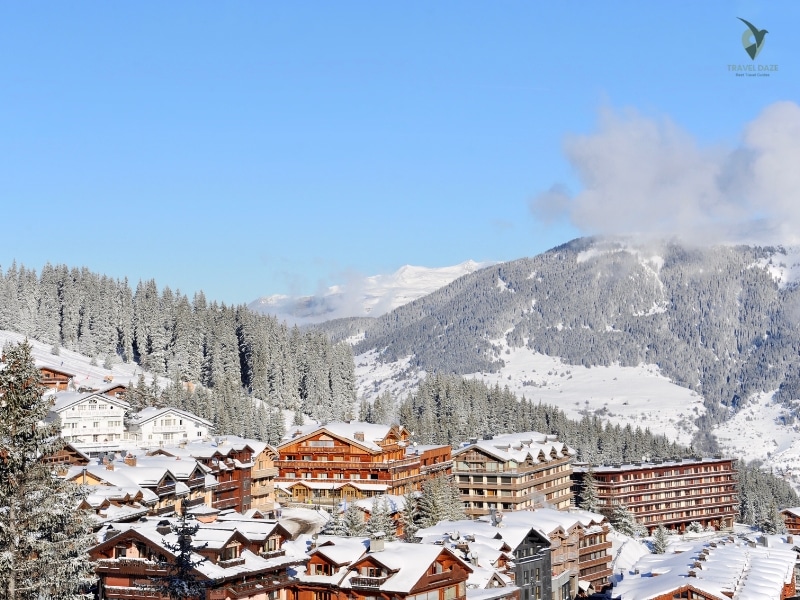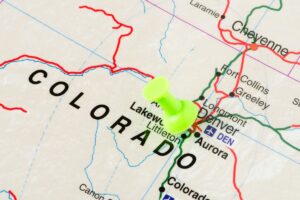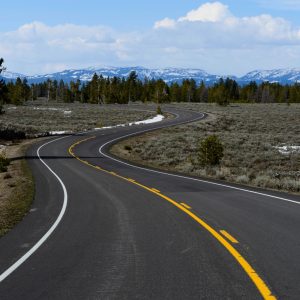Driving to Milford Sound was like opening a present that got better with each layer of paper peeling away. The anticipation built at each turn along the alpine route—a journey as captivating as the destination itself.
Table of Contents
ToggleI remember how the morning mist clung to the mountainsides, telling me about waterfalls and mirror-like fjords ahead. This drive is an end in itself, not a means to the next end. It is an integral part of the Milford Sound experience.
At every turn in the road, it appeared there was another spot to pull over—a lookout for a photo opportunity or maybe a short trail to the next view. My advice? Start early, and slow down. Trust me, this isn’t your typical drive where you tally the miles till you get there; this is a journey. It is where each mile is a destination unto itself.
I was so overwhelmed by Eglinton Valley as I was driving through it—I felt both insignificant and so alive at the very same time. And that was just the very first of many stops on this road to a New Zealand natural wonder—ones that will live in my memory.
The most important points about the road to Milford Sound
1. I found it best to start early when driving to Milford Sound so you have time to stop and enjoy the sights and activities along the way. The route is noted for its picturesque views, so take your time to enjoy them.
2. The Mirror Lakes are definitely a must-see stop that I was especially captivated by. These small, reflected lakes are perfect for photographing the Earl Mountains in their mirror-like reflection. This is a quick stop, but the view will stay with you for a long time after you leave.
3. A visit to The Chasm left an intense impression on me due to its powerful water-sculpted rock formations. It is a natural wonder only a short walk away from the road that demonstrates how water has changed over thousands of years’. Running water and rock patterns are a refreshing break from driving.
4. I was thrilled with the chance to explore a piece of history at Gunn’s Camp. This historic camp happens to be in Hollyford Valley and also gives an insight into early pioneer life in Fiordland. Browsing through old artifacts and studying survival in such a remote place added depth to my understanding of New Zealand’s rugged wilderness.
5. On your way to Milford Sound itself, stop at the Homer Tunnel. This 1.2-kilometer tunnel cut through rock is the last stretch of engineering before Milford Sound. Waiting to pass through this one-way tunnel provided me with time to admire human ingenuity in the midst of such wild natural beauty.
Journeying to Milford Sound.
I was excited to leave Te Anau, the closest town to Milford Sound, as I set off. The drive itself is sure to be as spectacular as the destination. My journey took me through coniferous forests, great lakes, and sharp mountain peaks.
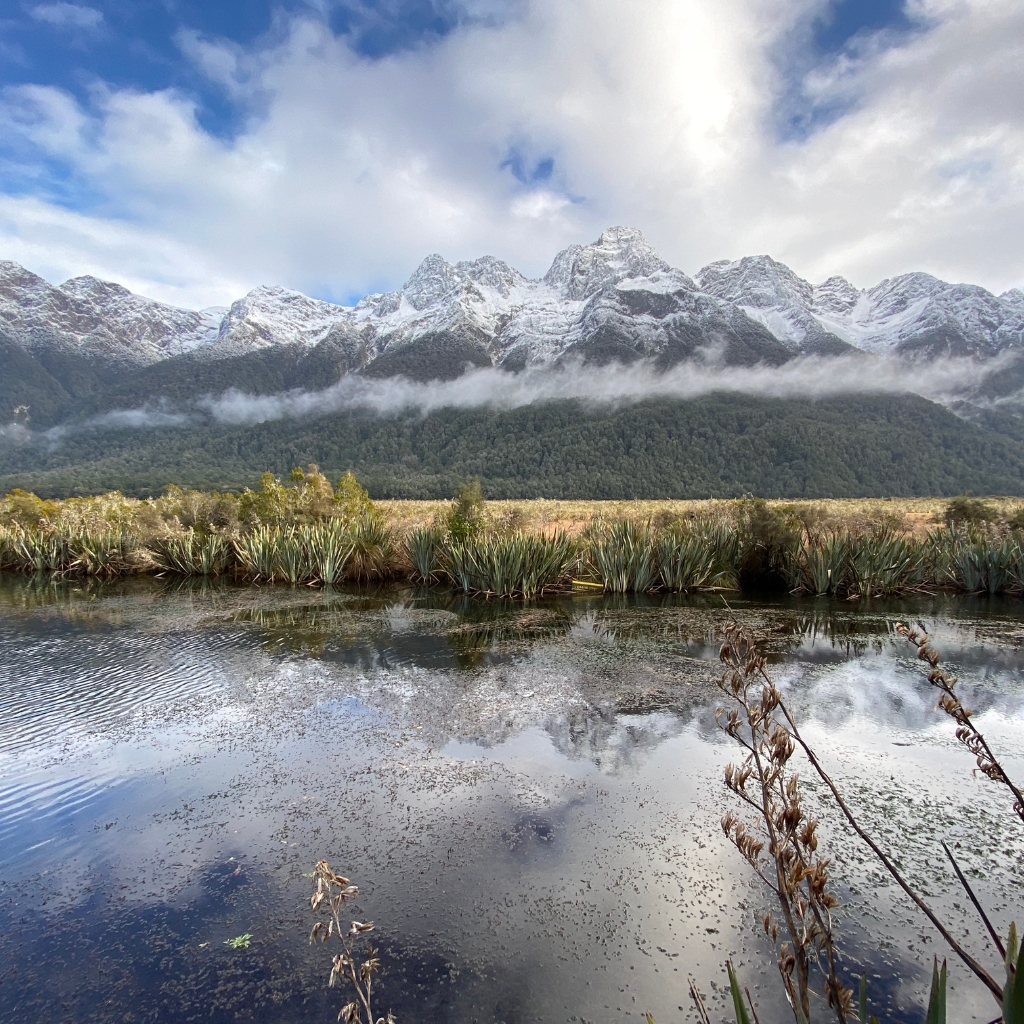
Key Stops Along the Way.
Driving straight to Milford Sound isn’t enough; there are some other treasures along the way as well. My first stop was Eglinton Valley, with its rolling grasslands and mountains rising above it. I took a moment to take panoramic shots, and the soft mist around the mountain tops still makes me think of them.
I walked around the Mirror Lakes and saw the Earl Mountains in perfect reflection on the water’s surface. This place is photographers’ heaven and a reflecting natural masterpiece.
Then there is The Chasm; a short walk away are a series of huge waterfalls that have carved rock sculptures for millennia. I remember being struck by the force of nature and hearing the water roar—something that pictures can’t do justice to.
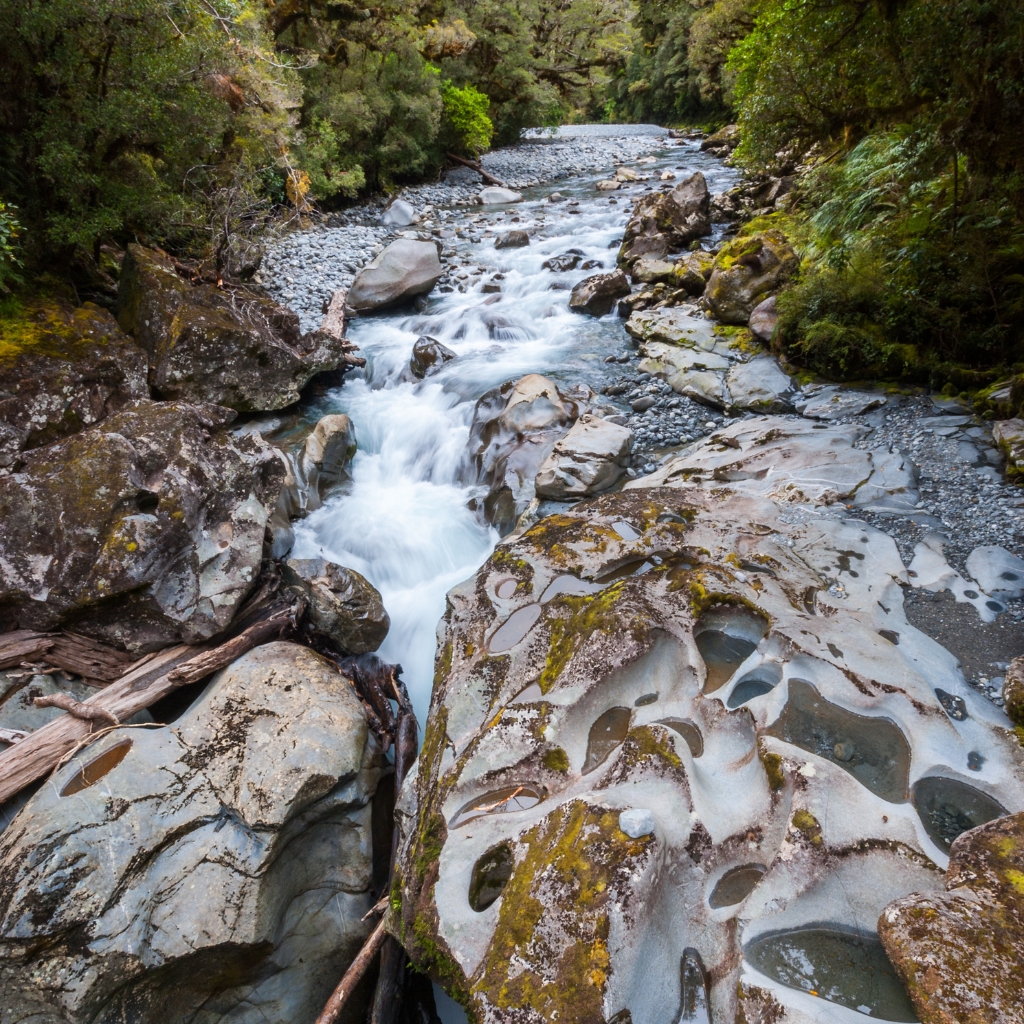
Driving through Homer Tunnel.
Possibly the most dramatic portion of the trajectory is the lead-up to the Homer Tunnel. This particular 1.2-kilometer tunnel cuts through sheer cliffs like the entrance to another world. From the other side, I saw views so similar to those in a landscape painting.
Meeting Kea at the Divide.
The cheeky Kea birds kept me amused pulling up at the Divide, the lowest pass on my road to Milford Sound. I did not feed them because it disrupts their natural foraging behaviors, but I did admire their antics and their intelligence, which is usually shown in their inquisitive nature.
Milford Sound: The Majesty.
The drive gets to a crescendo when you finally see Milford Sound itself. Towering peaks, grand waterfalls, the blue fjord—that scene is in my head. I took a boat tour to really appreciate this wondrous place.
Nature walks are part of the trip.
I made small hikes part of my journey. Tracks like the Routeburn Track section stretched my legs and offered me views. Nature on this route appeared unperturbed by human presence, and engaging in the surrounding natural beauty felt pure and invigorating.
Weather Change: Preparing for Changes in Weather.
Part of the adventure is Fiordland’s unpredictable weather. I had sudden rain showers and quick changes in temperature. Layers and waterproof gear kept me comfortable and warm, so I could enjoy each stop regardless of the weather.
What wildlife can you expect?
Fiordland also has wildlife, including the friendly kea. I saw fur seals on rocks and dolphins breaking the water’s surface. You should also keep an eye out for the rare Fiordland Crested Penguin, particularly if you’re cruising along the Sound.
Pit Stops for Rest and Food.
It is worth noting that the drive requires sustenance and rest. Bring snacks and water, as services are scarce. It was a good decision to stop for a meal at the Lazy Trout Te Anau before the drive. Once I entered Fiordland National Park, there was an air of being off-grid, which only amplified the adventure.
Safety and Conservation.
Driving around this natural paradise reminded me of road safety and conservation tips like driving away from animals and bringing back all my rubbish. This is an incredible ecosystem that must be protected for future generations and travelers.
Enhancing the Experience with Soundtracks.
One unanticipated delight was compiling a playlist for the drive. Music and scenery blended together in a cinematic way. Dramatic instrumentals as I entered the Homer Tunnel, and then soothing nature-inspired tracks as I set sight on the fjord’s calm waters, heightened my journey through this wonderland.
Have you got any tips or guides for the road to Milford Sound?
1. Check the weather and road conditions before driving.
2. Allow more time for frequent stops; every view is worth taking in.
3. Pack some snacks; you will not find many shops once you leave Te Anau.
4. Bring a full tank of gasoline; there are no gas stations within Fiordland National Park.
5. Watch wildlife habitats from a distance and remain on marked paths during walks.
6. Capture photographs, but also take moments to absorb the scenery with your own eyes.
Is the road to Milford Sound tough?
The drive to Milford Sound is incredibly scenic and can be quite an adventure. It’s a well-maintained road with some steep and windy parts and the potential unpredictability of weather. Check your vehicle and drive slowly in case you wish to see the view safely. Along the way, you’ll encounter breathtaking landscapes, from towering mountains to cascading waterfalls, making frequent stops for photos an absolute must. Once you arrive, consider taking a boat tour to fully experience the area’s natural beauty—researching some cruising Milford Sound tips beforehand can help you make the most of your trip. Whether you’re exploring the winding road or the serene waters, it’s an unforgettable journey into New Zealand’s most stunning wilderness.
Where should you stop along the way?
Stops along the way to Milford Sound are numerous. Key spots include the Mirror Lakes, offering reflective views of the Earl Mountains; the picturesque Chasm Walk, showcasing dramatic water-sculpted rocks; and Eglinton Valley, with its expansive views in addition to photo opportunities.
How long will it take to drive to Milford Sound?
The drive from Te Anau up to Milford Sound without stopping takes about two hours. However, plan on spending at least four hours enjoying the journey—taking photographs, taking short walks, and just taking in the scenery.
Is mobile coverage available during the drive?
Mobile coverage is patchy or inexistent close to Milford Sound. Preparation for this: Download offline maps and tell family and friends your plans and anticipated arrival times before going.
Can you get food and gas along the road?
Stock up on snacks and gas in Te Anau, as there are very few services along the road to Milford Sound. The last place to nip in for a bite or fuel is Te Anau; plan ahead!
What exactly are some safety tips for driving this route?
Check the weather forecast and road conditions before departing, as they may change quickly. Watch out for curious wildlife crossing the road and for tour buses. Also, get chains and understand just how to drive them in case you drive in the winter months.
Are there any day walks or hikes along the Milford Road?
Certainly, that road to Milford Sound has its fair share of short strolls and day hikes. Trails consist of the Key Summit Track for views of the city or Marion’s Cascade for a short stroll through the flora to find a waterfall.
What’s the best time of the day to drive up to Milford Sound?
Avoid the tour buses that depart mid-morning, or begin later for a sunset arrival. At these times, the light is magical, and you might find the journey more peaceful.
Are there tours available if I do not wish to drive?
Definitely! In case you don’t want to drive, there are guided tours that include extras, commentary, and transport activities like cruises or kayaking on Milford Sound.
What vehicle is recommended for this drive?
Many standard vehicles can be driven in the summer months. Nevertheless, you might want four-wheel-drive if you travel in the winter. At any rate, ensure your vehicle is capable of mountain driving.
Last Thoughts on the Trip to Milford Sound.
Driving to Milford Sound entails more than reaching the end; it’s a journey in itself. It is a stunning journey that deserves to be savored. As someone who loves documenting every step of a trek, every stop and view is beautiful in its own way.
Witnessing lush rainforests, towering cliffs, and tranquil lakes firsthand will leave an impression that lasts long after you leave.
The road to Milford Sound is a sight for the intrepid, whether you are a seasoned tourist or making your very first trip to New Zealand. Travel safely and enjoy this drive!

